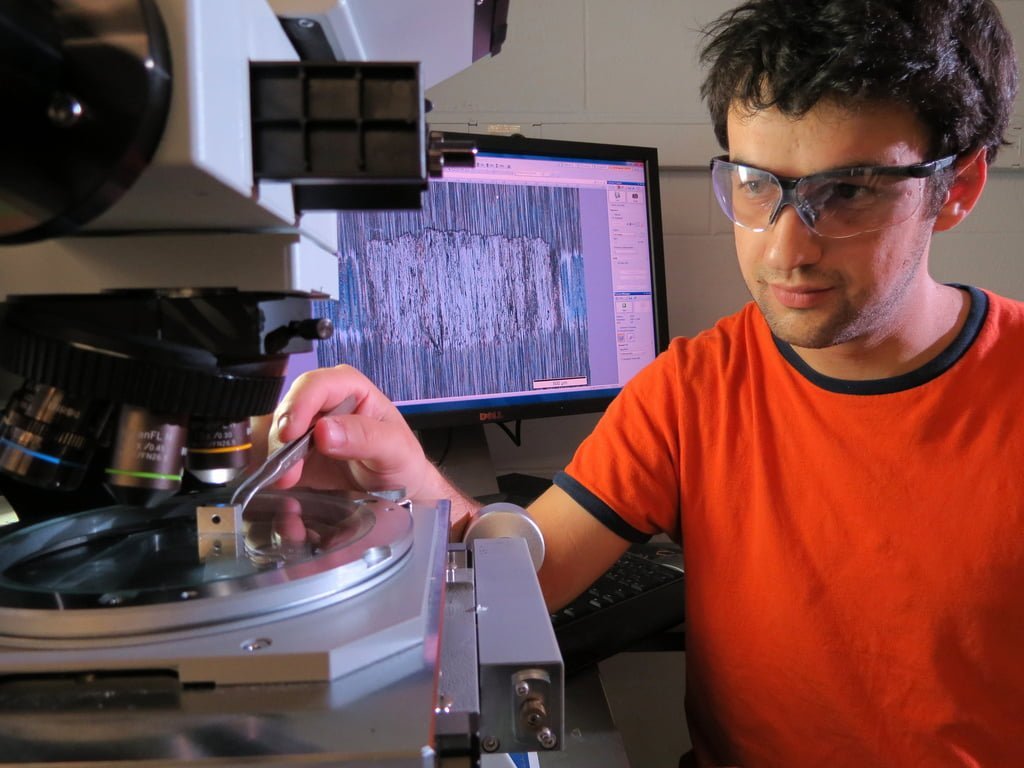What Is an Automated Optical Inspection System?
by Mashum Mollah Business Security Systems Published on: 08 May 2017 Last Updated on: 19 July 2023

The increase in demand for consumer-grade components is constantly on the rise, thanks to the fast-paced evolution of the electronics industry. As consumer standards for devices ranging from simple calculators to the latest smartphones and other electronic devices go higher, companies in the electronics manufacturing industry are pressured not just to make more components, but also to ensure that the increased production does not affect the quality of each product. Automated optical inspection (AOI) systems have helped manufacturers keep up with the demand for quality and quantity.
High-tech Eyes for High-tech Production
An automated optical inspection system comprises one or more cameras designed to inspect products, usually during various phases of the production process. AOIs are commonly used to check the quality of printed circuit boards, transistors, and other components where even the slightest defect can lead to serious problems.
Cameras are designed to detect errors with margins of error normally indiscernible to human inspectors. This is made possible by having the cameras compare what they can scan to finely calibrated base values of variables required to pass production standards. If any of the variables go beyond the acceptable limit, the system sends a notification, production can be stopped, and problems can be addressed before the defects are replicated in future batches.
Cameras used in AOI may have a limited field of view, and moving trays of PCBs to align with the cameras require a lot of space to give the tray enough room to move every piece into position. This is why today’s AOI systems move the cameras instead. A series of finely-tuned XYZ tables powered by powerful industry-grade components allow cameras to be repositioned both horizontally and vertically. As with the cameras themselves, these components can be programmed to move with extreme precision to make sure the cameras are always in the right place.
The Benefits of Efficient Automated Inspection
There’s no denying that AOI solutions have helped countless companies survive and even thrive in the electronics manufacturing industry. A closer a look at some of its benefits help shed light as to why businesses of every scale and size should prioritize the integration of AOI in their production process.
Cost-cutting – Resources required to address problems late during the production process can easily translate to huge losses. This is even worse if a batch of defects slips past inspection and forces a company to issue product recalls later on. Because an AOI system can check for defects even at the earliest parts of the production process, companies have multiple chances of detecting defects at stages where fixing them is relatively cheaper.
Better QA – As with any automated system, one of the biggest advantages of AOIs over manual inspections is the greater degree of precision when checking for problems. In contrast, manual inspections are prone to missing out on defects that would’ve been obvious under a camera.
Quick, Continuous Production – AOI systems can be programmed to check batches of products at a much faster rate than what an entire team of human inspectors would be able to handle. Also, AOI systems experience very little downtime, thanks to industry-grade parts designed to operate non-stop. In case something goes wrong with an AOI system, parts can quickly be replaced.
With so many benefits they can provide, it’s surprising that AOI systems are still mainly used for checking the quality of PCBs and other electronic components. However, many are hoping that it’s only a matter of time before the technology is adopted by businesses in other industries. With the development of more efficient, versatile, and affordable systems, AOI may soon become the norm in quality assurance for anything that involves manufacturing.
Read Also:






































































































